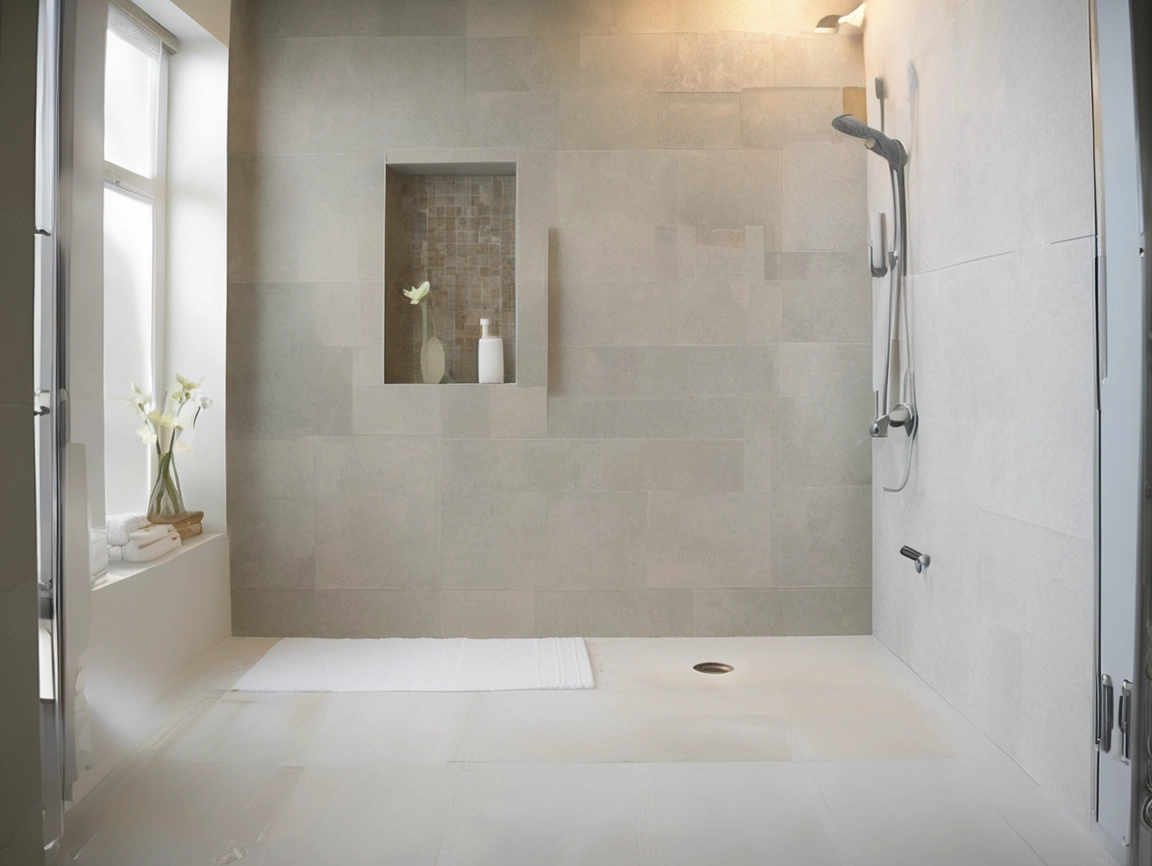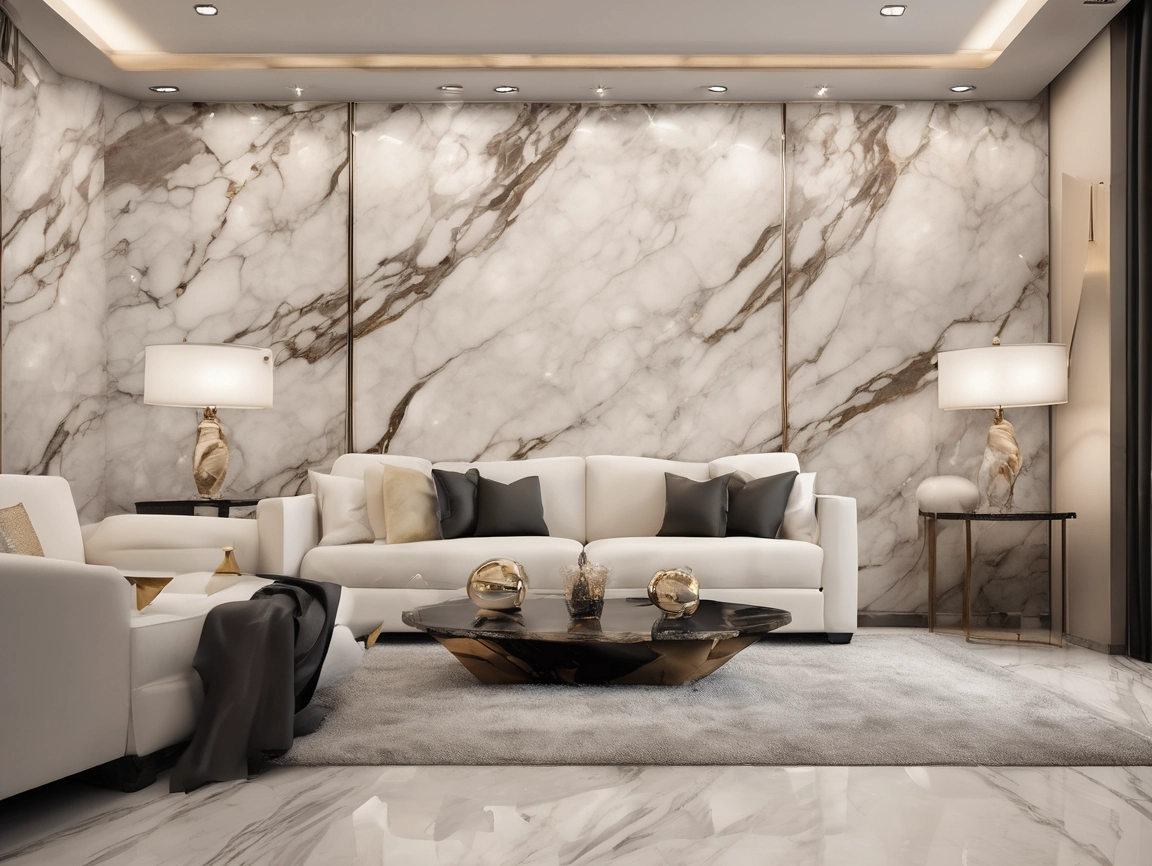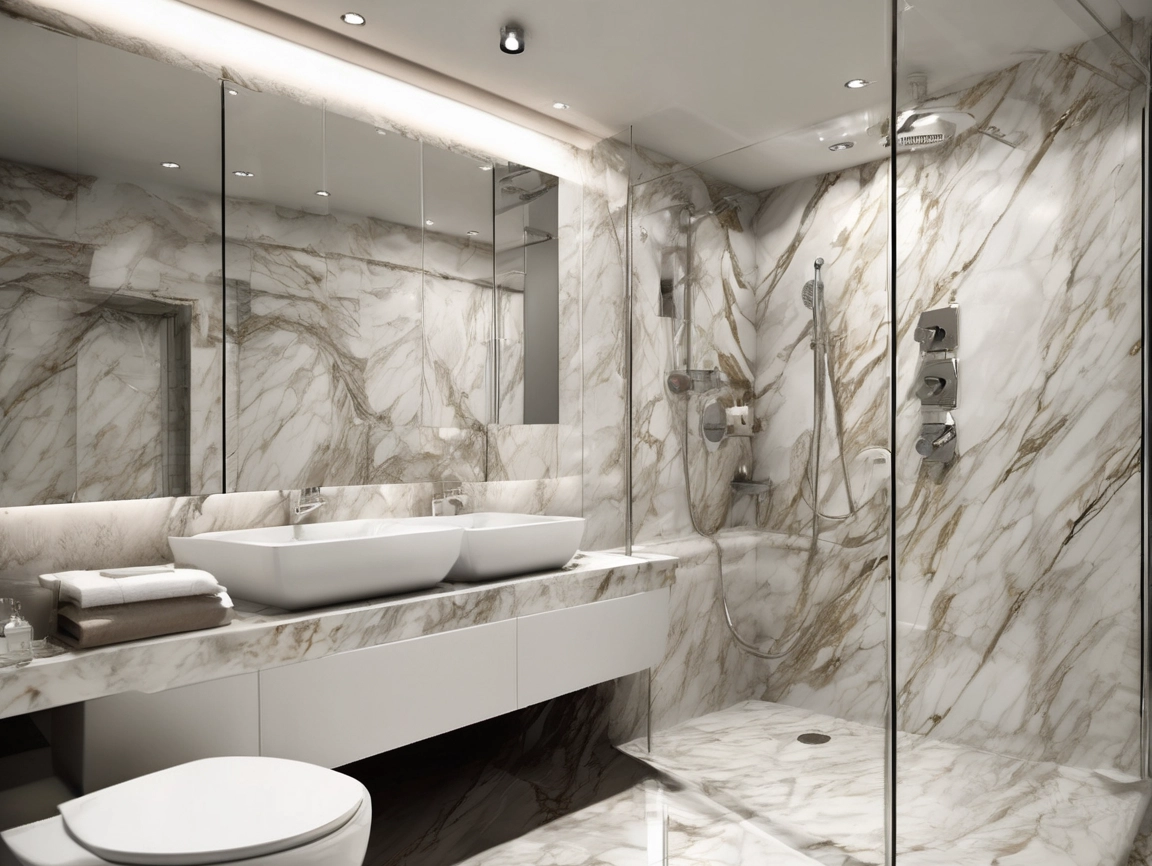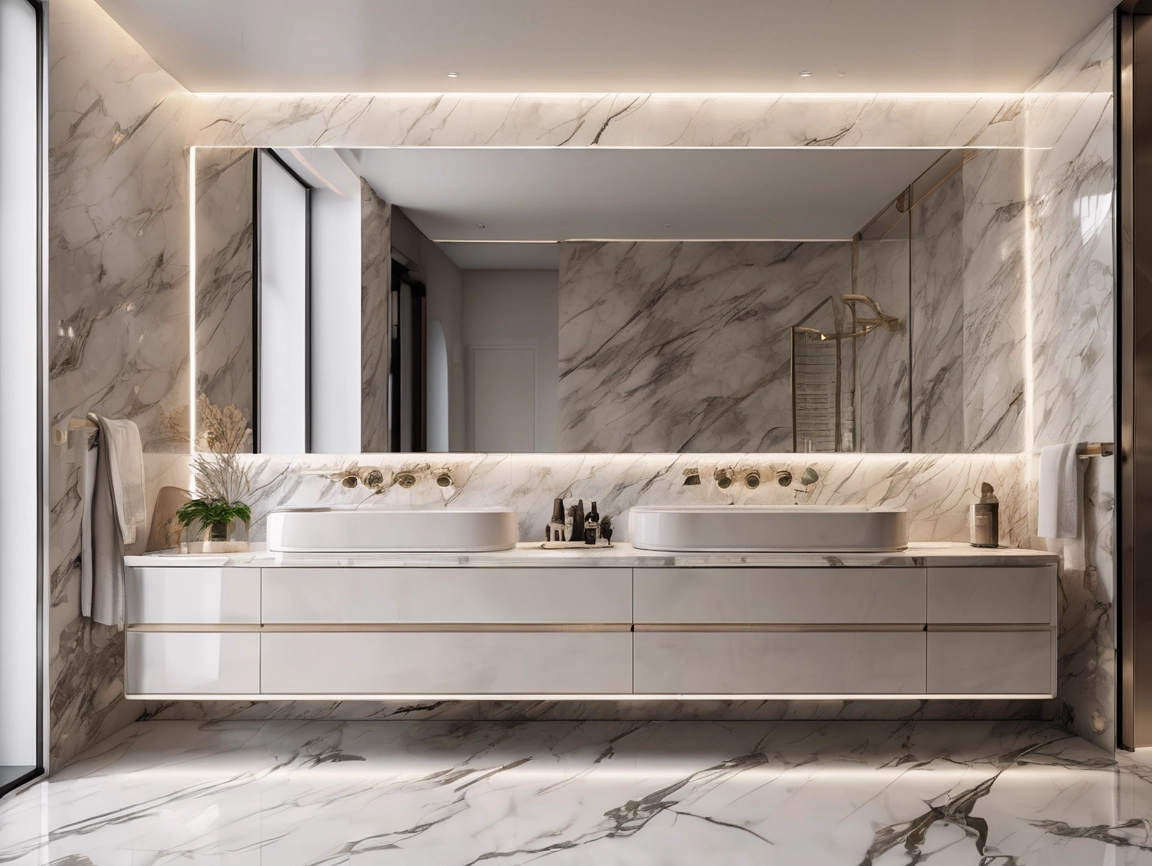How to Cover the Old Wall Panel?
Covering old wall panels is a cost-effective way to refresh your space without demolition. Whether your panels are dated, damaged, or just dull, these methods will help you hide them stylishly and affordably.
Key Takeaways
- Top Methods: Install new panels, add drywall, use peel-and-stick tiles, or paint.
- Cost: 1–20 per sq. ft. (DIY vs. pro).
- Time: 2 hours to 2 days (depending on method).
- Best For: Renters, quick makeovers, or budget-friendly upgrades.
5 Ways to Cover Old Wall Panels
1. Install New Wall Panels Over Old Ones
- Materials: WPC, PVC, or shiplap panels.
- Steps:
- Clean old panels and fill gaps with caulk.
- Attach new panels using construction adhesive or screws.
- Cost: 5–20 per sq. ft.
- Pros: Durable, hides flaws, moisture-resistant.
2. Add Drywall or Plasterboard
- Materials: ½-inch drywall, joint compound, screws.
- Steps:
- Screw drywall directly over panels.
- Tape seams, apply joint compound, and sand smooth.
- Cost: 1–3 per sq. ft. (materials only).
- Pros: Creates a blank canvas for paint or wallpaper.
3. Use Peel-and-Stick Tiles or Wallpaper
- Materials: Removable wallpaper, vinyl tiles.
- Steps:
- Clean panels and wipe with rubbing alcohol.
- Align and press tiles/wallpaper onto the surface.
- Cost: 2–10 per sq. ft.
- Pros: Rent-friendly, no adhesive damage.
4. Paint the Panels
- Materials: Primer, semi-gloss paint, caulk.
- Steps:
- Sand panels lightly and fill grooves with caulk.
- Prime, then paint with a roller (2–3 coats).
- Cost: 0.50–2 per sq. ft.
- Pros: Cheapest option, customizable colors.
5. Cover with Fabric or Tapestry
- Materials: Upholstery fabric, staple gun, batting (optional).
- Steps:
- Stretch fabric over panels and staple to edges.
- Add batting for a padded look.
- Cost: 3–15 per sq. ft.
- Pros: Adds texture, soundproofing.
Comparison: Best Methods to Cover Panels
| Method | Cost per Sq. Ft. | Skill Level | Best For |
|---|---|---|---|
| New Panels | 5–20 | Intermediate | Bathrooms, kitchens |
| Drywall | 1–3 | Advanced | Smooth walls for painting |
| Peel-and-Stick | 2–10 | Beginner | Rentals, temporary fixes |
| Paint | 0.50–2 | Beginner | Budget updates |
| Fabric | 3–15 | Intermediate | Bedrooms, accent walls |
Prep Work for All Methods
- Clean Panels: Remove dust, grease, or mold with soapy water.
- Repair Damage: Fill cracks or holes with wood filler/spackle.
- Sand Glossy Surfaces: Helps adhesive/paint stick better.
- Check for Moisture: Fix leaks before covering panels.
FAQs
Can I tile over old wall panels?
Yes! Use waterproof panels or cement board as a base for tiles.
Will covering panels add weight to the wall?
Drywall or heavy panels may—check if your wall can handle it.
How to cover panel grooves when painting?
Fill them with paintable caulk or wood filler before priming.
Can I use wallpaper on textured panels?
Smooth textures only. For heavy textures, opt for peel-and-stick panels.
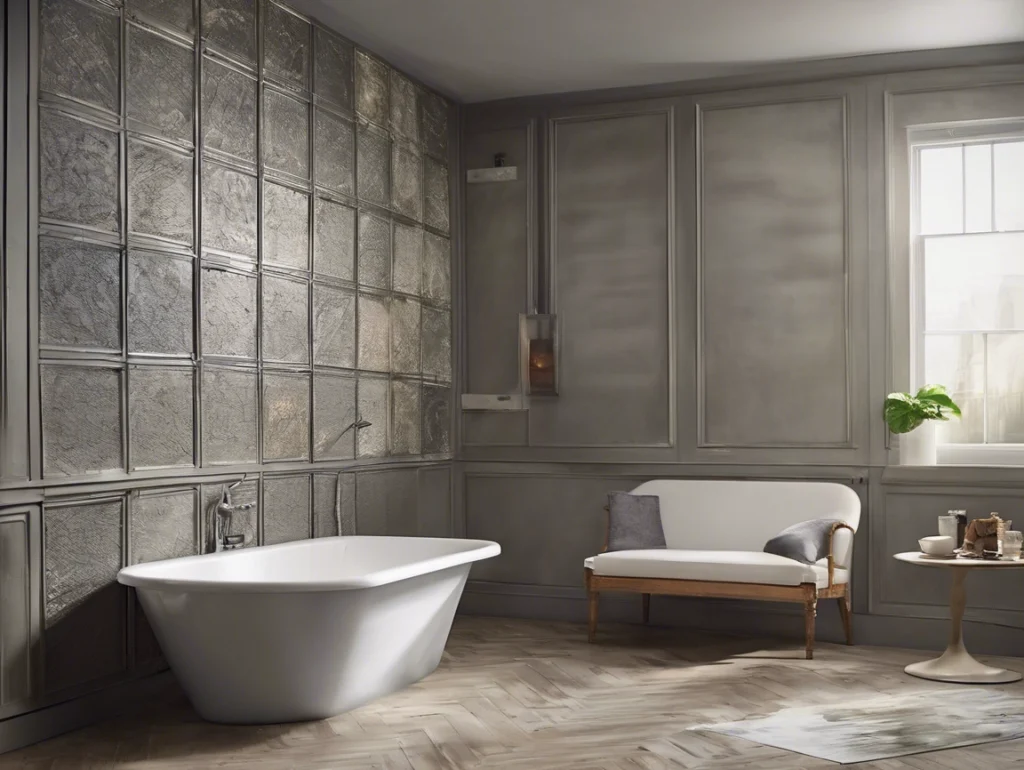
Case Study: Dated Panels to Modern Feature Wall
- Problem: 1980s wood panels in a living room.
- Solution: Covered with shiplap-style WPC panels.
- Cost: $1,200 (DIY).
- Result: Increased home value by $5,000 (appraisal).
Renter-Friendly Tip
Use Command Strips or Velcro to hang lightweight panels or fabric. No nails or glue!
Conclusion: Transform Panels Without the Mess
Whether you paint, panel, or paper over old walls, these methods save time and money. Choose based on your budget, skill level, and desired look—then enjoy a fresh, modern space!
Ready to start? Explore cover-up materials or get a free design consult!
Free samples
In recent years, composite products have become more and more popular all over the world. We believe you will also be interested in this new material. If you are interested, you can come to consult us. We have a professional service team that can not only answer any questions you may have but also provide you with free samples. Let you better understand the composite products. There is no doubt that composite wall panels will be the new future.
Share

James is a content creator and decorator with five years of experience designing home decor. In his daily life, james is constantly on the lookout for the latest, great examples of house design and further optimizes his solutions. Additionally, he writes articles related to outdoor design, interior design, and architectural decorating materials to help brands build more engaging relationships with their audiences.

